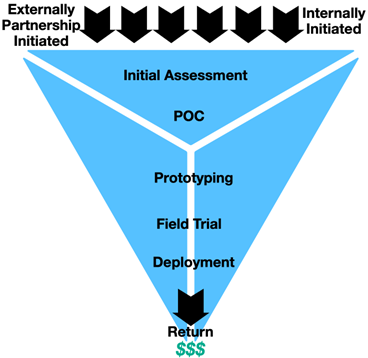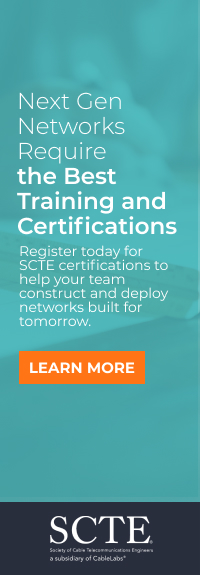GenAI Transformation Glitches

Everyone’s talking about GenAI transformation. Some companies have instituted well thought out innovation funnels to manage the process, but they are still having trouble. There are glitches that are causing trouble. These glitches are process problems that create vulnerabilities for trouble. As process problems, if they’re well understood they can be prevented or overcome.
Key Steps in GenAI Innovation Funnel and Where Breakdowns Occur
The key steps in the Innovation funnel shown in the Illustration below are: Concept Input (either internal or external); Initial Assessment; Proof of Concept (POC); Prototyping; Field Trial; and Deployment. Each step has key breakdown vulnerabilities. The concepts around the innovation funnel are not new. Nor are the vulnerabilities. GenAI innovation is suffering from the vulnerabilities seen in previous generations of technology evolution while adding new factors. Below is an outline of the vulnerabilities and key steps that can be taken to prevent or overcome them.

Technical Understanding
One of the biggest problems surrounding GenAI is the amount of noise. That is, how many people who lack basic current technical GenAI information appear to be making authoritative pronouncements. A recent example is the large number of authoritative pronouncements coming from people who don’t understand that DeepSeek’s R1 is a fine tuning of a previous foundation model (DeepSeek V3). Not a newly, fully pre-trained model. That fine tuning is dramatically less work than fundamental model pre-training.
This is particularly difficult with GenAI because of how fundamentally different it is from previous generations of technology evolution, and GenAI’s cycle time. Ways of thinking about previous generations of both conventional and AI systems don’t work with GenAI. This is compounded by GenAI’s fast cycle time. Looking from the outside, it appears that each major vendor/lab has a new dramatically improved system approximately every 6 months. Each vendor has its own calendar. The result is that there are dramatically new systems premiering every few weeks. Add to this the amount of new published research and it is easy to get lost. It may be counter intuitive, but it is good to value sources that freely admit that they don’t know everything all the time.
There is so much excitement about GenAI that there can be a tendency to overuse it. That is, the instinct now is to use GenAI when an earlier generation of technology would do a better job. The result of all this is that opportunities will be missed. Things will be tried that are impossible. And projects may be initiated without proper consideration of potential negative side effects. Lack of technical skill sets can cause problems in later stages as well, such as using the wrong criteria to judge success in prototyping and field trials, or simple technical execution failures that are not inherent to the proposed innovation.



















